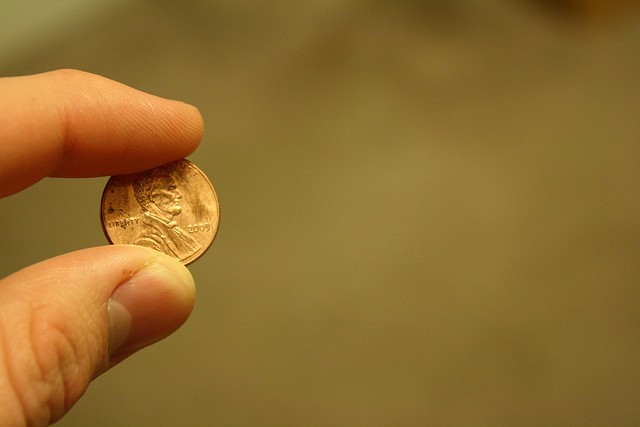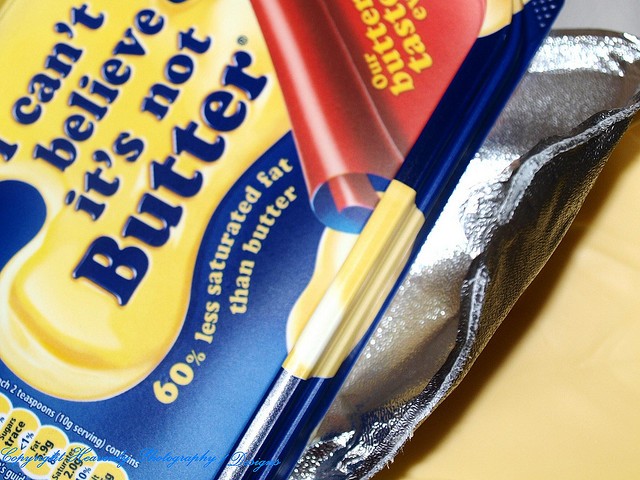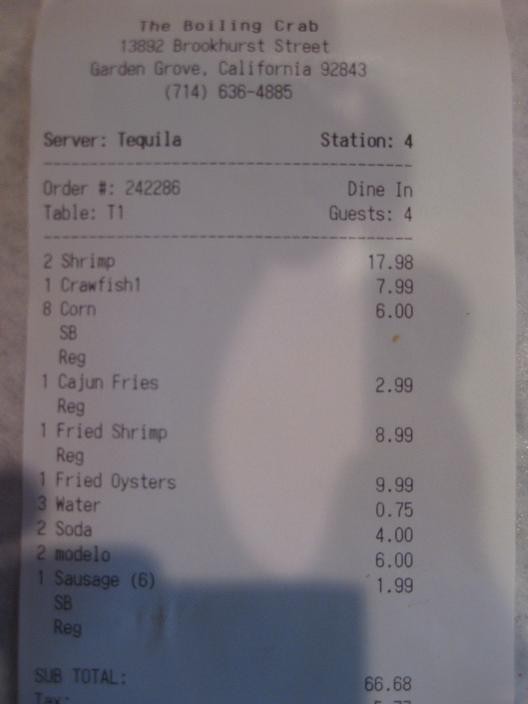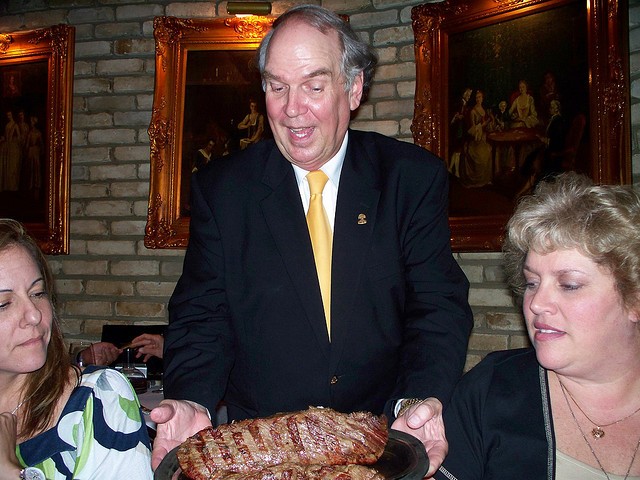
Yeah, yeah, bad economy, food cost, hey entitled moron let's see you run a restaurant, blah, blah, blah. Restaurants are for-profit businesses, sure, and it's tempting to cut costs in creative ways, but here's the kicker, restaurants of America: they ought to be as invisible as possible to the customers. Here are five ways restaurants pinch pennies that drive us absolutely crazy.
]
1. Serving spreads that are not butter.

Fun historical fact: in our grandparents' time, certain states had rules protecting the dairy industry that stated that margarine could not be treated with dye to look like butter. Clients ordering margarine would get this wan brick of hydrogenated, trans fat-laden blubber with a bit of industrial dye to mix in order to approximate the color of real butter.
Ever since those laws were repealed, restaurants have been handing out cheap artificial butter-flavored grease to top diners' rolls, bread and baked potatoes–except in Wisconsin, where it's illegal to serve it unless specifically requested by the customer.
Butter tastes like butter; margarine and its ilk don't, even when they purport to.
2. High corkage fees at BYOBs.

Corkage fees are a necessary thing; patrons don't get to be condescending jerks who bring in bottles of “very special to us” Turning Leaf when the restaurant has a big, well-curated wine list. At a BYOB, though, corkage fees ought to be really, really minimal. Italian-American restaurants in New Jersey (where it's hard to get an on-sale license) traditionally keep cheap glassware on hand for their patrons and don't charge corkage for the first couple of bottles.
It's not that the serving of wine ought to be free, but a $20 corkage when the restaurant doesn't have a wine list is pretty arrogant.
3. The liquor switch-up.

Some lower-end restaurants prey on patrons who truly don't know the difference between Gordon's and Ketel One, or between Bols and Bulleit. The more sophisticated places serve exactly one bottle of premium liquor (say, Zacapa rum) and then fill it with whatever crap is cheapest. The customer orders a Ketel One up and gets an ice cold glass of the well vodka. We've seen it happen right here in OC, and we've called the bartender on his bullshit.
4. Charging for water or ice.

We don't care if restaurants have those fancy filtered sparkling-or-still machines in the back. Charging for water is a great way to alienate customers. If it's truly just a quarter here or 50 cents there, tuck it into the next price increase. Even more parsimonious was last year's attempt by Morton's Steakhouse in New York to charge a premium–$2.50–for a cocktail ordered on the rocks instead of straight.
Some people don't drink alcohol or soda, hard as it is to believe it in today's United States; let them have a few glasses of water on the house while they eat through the menu, all right?
It's like they're determined not to leave any “outs” to the Great Restaurant Water Rip-off, in which the question, “Sparkling or still?” results in a $5 (or $7.50 or even $10) charge per bottle.
5. Not labeling large portion menu items as “for two”.

It's no secret that American portion sizes are gargantuan. A recent visit by some Australian colleagues to an American restaurant near our offices resulted in some shocked looks. What's worse, though, is when restaurants take food that is truly meant for two–a whole beef Wellington, for example, or a whole fish–and don't bother to let the clients know.
Why is the roasted trout $38.95? Oh, because it's an entire trout, not a fillet.

